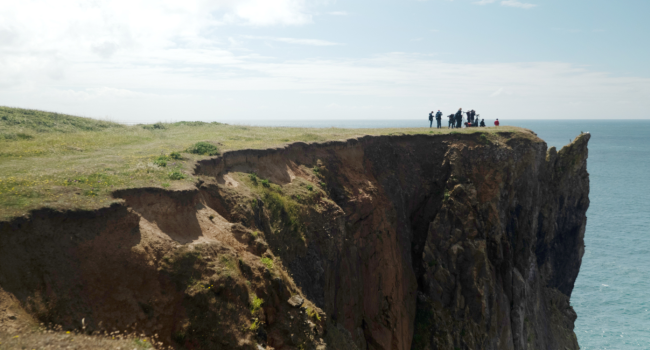Implications of transformation to irregular silviculture for woodland birds: A stand wise comparison in an English broadleaf woodland
Author(s): Alder, D.C., Fuller, R.J. & Marsden, S.J.
Published: August 2018
Journal: Forest Ecology and Management Volume: 422
Digital Identifier No. (DOI): 10.1016/j.foreco.2018.04.004
Staff Author(s)







Share this page